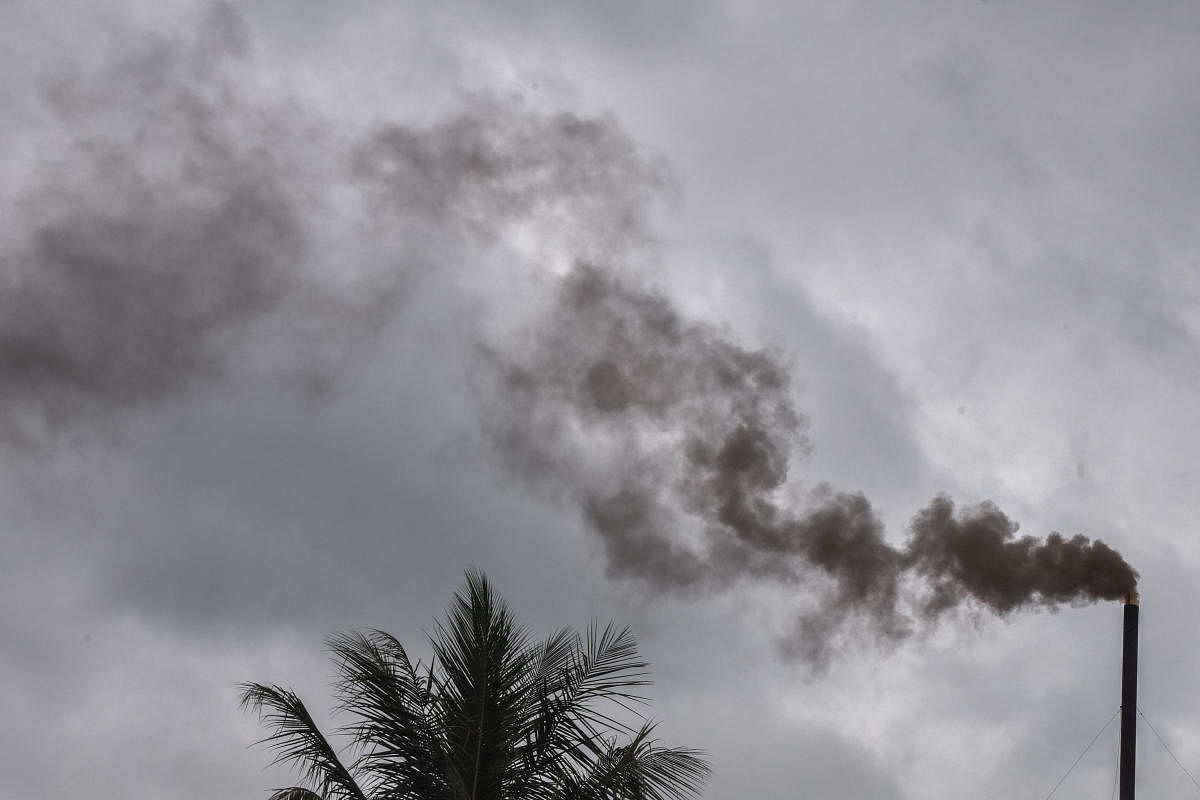
A six-year study by the Indian Institute of Science has found a surprising decline in black soot emissions in the country.
Although, one researcher cautioned that growing industrialisation under Make in India might change things.
The IISc study ‘Decreasing Trend in Black Carbon Aerosols Over the Indian Region’ found concentrations of black carbon emissions in India has been declining at the rate of 100 nanograms per cubic metre per year.
Black carbon, one of the most important light-absorbing aerosols in the atmosphere is second only to carbon dioxide as the most important human emission in terms of its climate-forcing properties.
Surprise decline
A member of the IISc said the decline is surprising because India, a less affluent nation, had been accused of increasing black carbon emissions due to extensive use of dung-based fuel, industrial emissions and burning of farm waste.
The authors of the study postulated that government initiatives such as education and electrification of rural India were helping populations to cut down burning practices.
According to the Ministry of Statistics and Programme Implementation’s data from 2017, 98.1% of the inhabited villages in India now have access to electricity and 24% of the total electricity in India is consumed for domestic purposes as of March 2016.
e-vehicles
“Use of electric vehicles and automobiles that run on CNG is being promoted as part of the effort to bring down pollution. It appears that these changes have played a role in controlling the concentration of various pollutants, but it is impossible to quantify their effects,” the study said.
Energy consumption
It added that while India’s population density increased 1.2 times its initial value at the beginning of the millennium, energy consumption nearly doubled even though the fractional contribution of coal to the total energy production remained steady throughout the period, while the vehicle count almost quadrupled, “with a huge increase in the number of two-wheelers and a nearly three-times increase in the number of heavy vehicles.”
M R Manoj, a researcher involved in the study, said the aforementioned increases are a cause for concern. He theorised that growing industrialisation as part of the Make in India initiative and increasing number of vehicles will reverse the soot decline starting 2024, unless the government introduces more stringent rules.